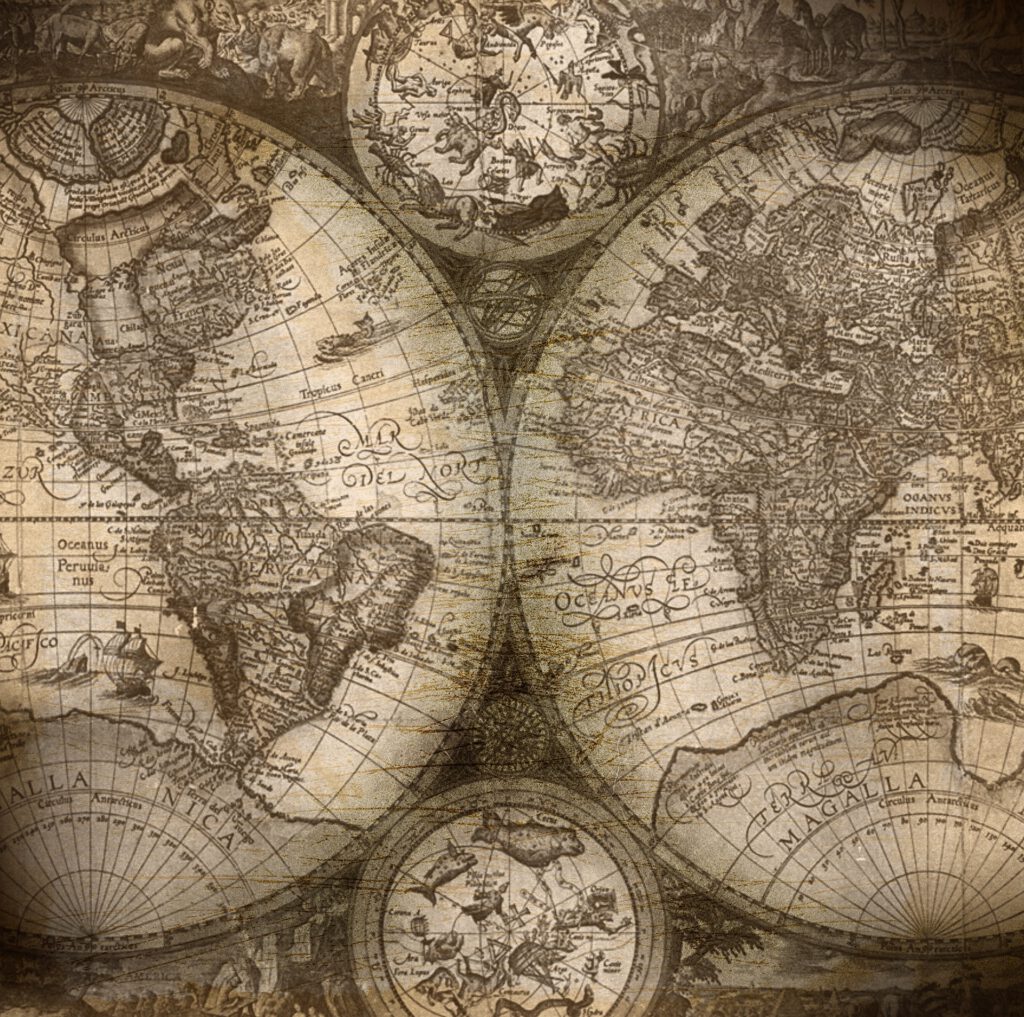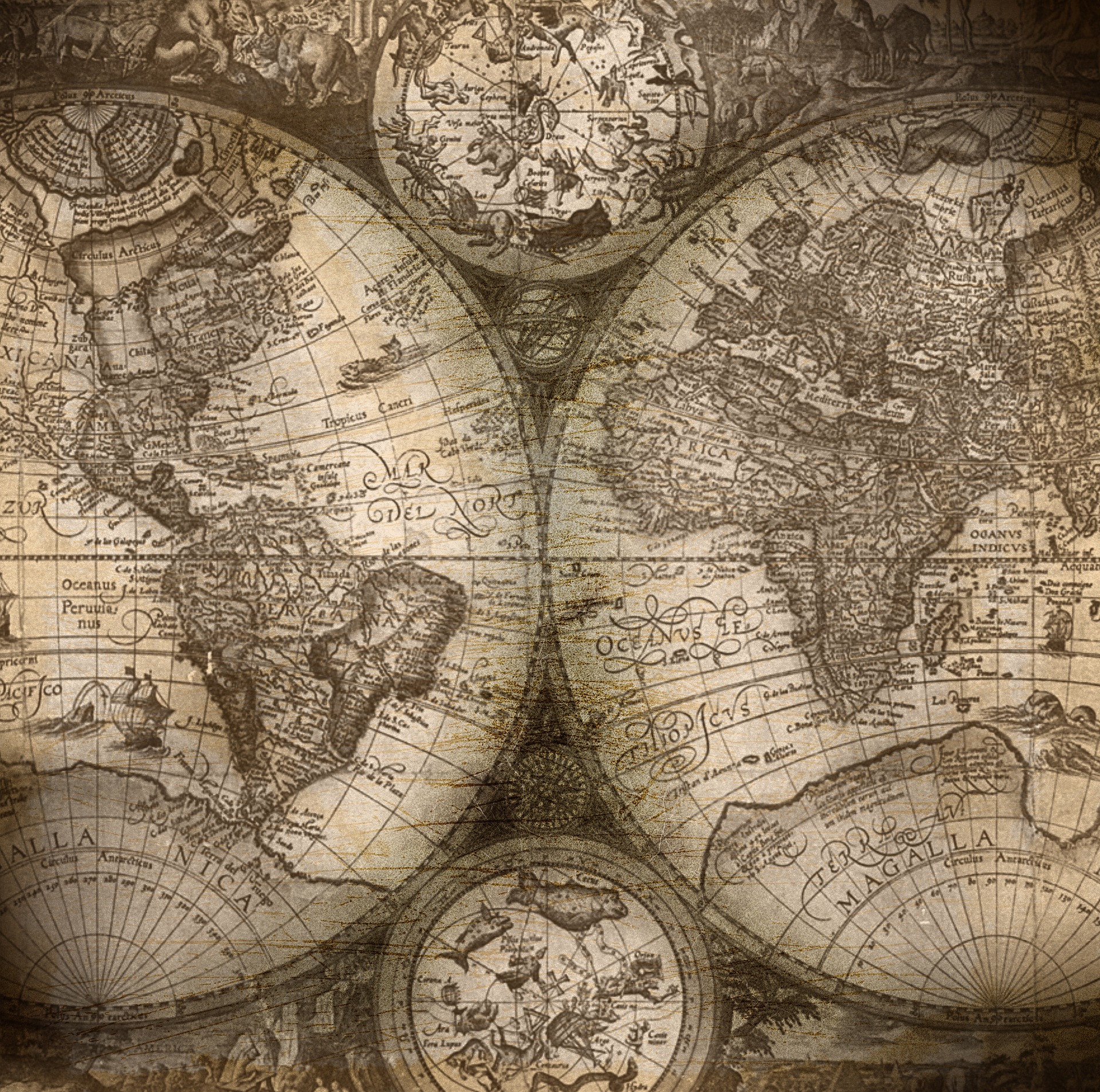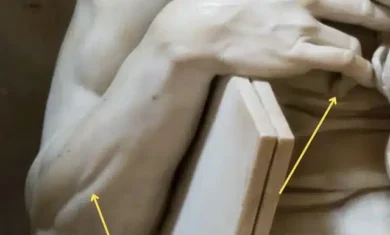I recently posted about how it’s generally a bad idea to pretend you know everything about any given subject, because you probably don’t. I came across an excellent example of this while reading the book Sapiens: A Brief History of Humankind.
Throughout history, most civilizations drew a complete world map. While they only knew of a portion of the world, they’d fill in the rest of the map with creative ideas about other imaginary continents and islands.

In comparison, the sixteenth century Europeans left empty spaces on the map. The knew what they knew, and they knew what they didn’t know. As a results, rather than sitting around assuming all had been discovered, as the Romans, Chinese and others did, they took off exploring the world and filling in their map.
Christopher Columbus and Amerigo Vespucci
This largely stemmed from Christopher Columbus, who believed he had landed in the East Indies and refused to acknowledge what he had really found. Instead, Amerigo Vespucci realized that it was a new continent and is remembered for it. The book sums it up well:
There is poetic justice in the fact that a quarter of the world, and two of its seven continents, are named after a little-known Italian whose sole claim to fame is that he had the courage to say, ‘We don’t know.’
Always strive to learn more, but don’t pretend to draw features on your map until you really learn what they are.




